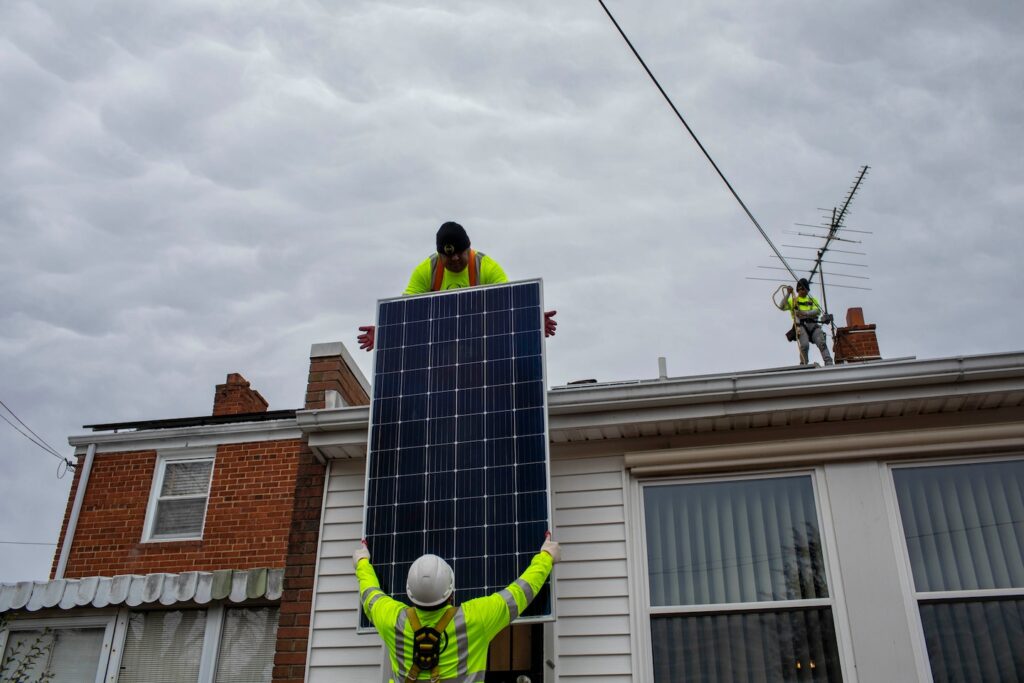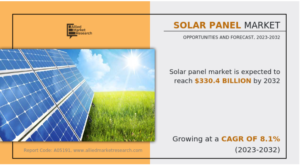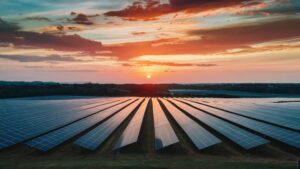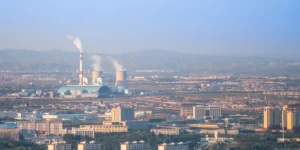Opinion | What it will take to make clean energy affordable — for everyone

Imagine living in a different kind of country: One in which everyone, regardless of income, has access to clean, efficient and affordable energy. Cities where community solar installations power low-rent apartments and residents share in the profits. Rural areas where all homeowners can get the most efficient appliances to lower their monthly bills. Poor neighborhoods where the air kids breathe is as clean as the air in the wealthiest suburbs.
Historically, it’s been hard for lower-income families to benefit from clean energy and energy-efficient home improvements — even when those technologies could cut their household bills. How do you install a solar panel if you rent in an apartment building with a shared roof? How do you buy an energy-saving heat pump that costs thousands of dollars when living paycheck to paycheck?
Real progress on this front could be imminent. This year, the federal government is set to roll out, state by state, tens of billions of dollars in energy incentives that could help more families break free of energy poverty, improve air quality in their communities and cut planet-warming emissions. The incentives include rebates for electric home appliances that reduce the use of oil and gas, and grants for community solar targeted at low-income communities.
But whether Americans will successfully transition to clean technologies like these or get stuck running their homes on fossil fuels will hinge on what states and communities do to encourage uptake.
What will it take to succeed? More states and utilities supporting the interconnection of renewable-energy projects to the grid. More stitching together of state, local and federal rebates to cover the full upfront costs of energy-efficient upgrades for low-income households. More training of contractors and more pooling of demand to lower the cost of clean technologies.
For low-income families and the contractors who serve them, it’s important to “get the friction out of the process,” says Ari Matusiak, chief executive of Rewiring America, a nonprofit working to electrify homes across the country. One way to do that is to bring down costs, but just as essential is to offer community education programs that make technologies and rebates easier to understand.
For a glimmer of what’s possible, look, for instance, to Maine — and its push for residents to replace oil and gas furnaces with heat pumps, which run on electricity. The state has already exceeded the goal it set in 2019 to install 100,000 pumps by 2025, a pace three times the national average. It did this through a program that negotiated lower retail prices and that offers generous instant rebates at big-box stores. It also reduced the paperwork barriers for low-income homeowners to qualify for rebates and for contractors to get licensed to install the pumps. The result: Many Mainers have seen reductions in their overall energy bills and in their fossil fuel emissions.
Consider, also, D.C., which has been investing public money since 2016 to build community solar installations, with the aim of cutting residents’ electricity bills in half over 15 years. Under this program, low-income renters and apartment owners share energy and revenue from the projects. A $7 billion Environmental Protection Agency program funded by the Inflation Reduction Act will replicate that model around the country by offering grants to build community solar arrays with stakes owned by low-income residents.
In Denver in 2020, voters approved a 0.25 percent sales tax increase that has so far yielded about $40 million annually to fund community solar installations, e-bike libraries for essential workers and retrofits for low-income homes. Communities in Oregon and Washington state have pooled demand for heat pumps to negotiate lower prices and to motivate contractors to get trained to install them.
But many states and communities — and the utilities they fail to adequately regulate — have instead put up barriers to clean-energy access.
Only about 20 states have laws encouraging community solar projects, and some utilities actively prevent solar development — despite the fact that residential and community solar with battery storage can make the grid more resilient. New Orleans’ utility company, Entergy, has thwarted community solar for years by failing to give solar developers a competitive market rate; like many utilities across the country, its incentive is to increase the use of electricity — not energy efficiency. (Thankfully, the New Orleans City Council, which oversees the utility, just changed its rules to require Entergy to pay higher rates for solar, in response to community activists.)
In Virginia, some Dominion Energy customers are likely dissuaded from participating in community solar by the requirement to pay a minimum monthly bill of $55.10. Some red-state governors have — shortsightedly — refused to apply for certain Inflation Reduction Act funds, leaving it to nonprofits and cities to seek federal funds to help their low-income residents.
It is no longer accurate, let alone fair or wise, to treat clean energy as a luxury good for people in leafy suburbs. “Nothing could be further from the truth,” says Bracken Hendricks, the board chair of Working Power, a national organization that marshals capital investment to fund renewable-energy projects with direct, local ownership by Black-owned businesses, labor unions and disadvantaged communities. (Among its initiatives: a 1.8-megawatt solar project behind Union Market in D.C. that aims to supply energy to more than 500 low-to-moderate-income households.)
But upper- and middle-class families, who can already access federal tax credits for heat pumps and electric vehicles, still have a role to play in building the marketplace for clean technology, says Kara Saul Rinaldi, president of energy strategy firm AnnDyl Policy Group. Just as cellphones were once the province of the elite, as more people who can afford them buy and install clean-energy technologies, manufacturers will take notice, she says — bringing costs down as the quality of the products improves.
With climate disasters already exacting a heavy economic and humanitarian toll — especially in lower-income communities — the price of failing to deliver clean energy clearly exceeds the price of collective investment. States and communities should now act boldly, focusing on the technologies that make the most sense for their regions and forcing utilities to cooperate when necessary. Their actions will determine whether the United States can develop a viable clean-tech market and whether it hits its emissions targets — a milestone the whole world is watching.





